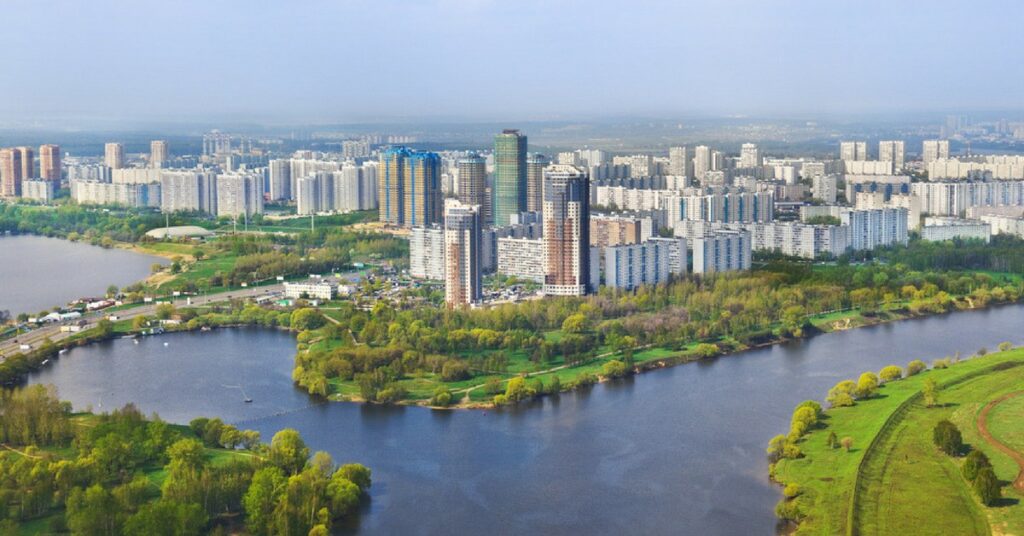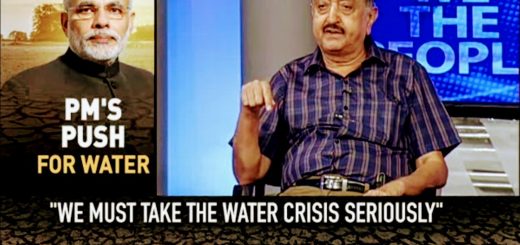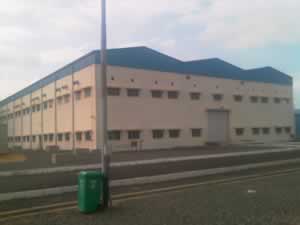Yamuna Action Plan

This OneVorld video explains the Yamuna Action Plan which was introduced in 1993 as one of the largest restoration projects in India. It is a bilateral project between India and Japan. It was launched in 1993. The 1st phase was carried out by National River Conservation Directorate. It focused on building new and expanding the capacity of old sewage treatment plants.
In 1993 when the Yamuna was declared as the dirtiest river in the country, YAMUNA ACTION PLAN came into existence.
There was a threat to aquatic life as well as water shortage problems due to years of sewage dumping. It was decided to divide and complete it in three phases. The project spans from Hatnikund (Haryana) till the point where Yamuna meets the River Ganga along with Sindh River and Chambal River.
According to initial surveys, it was found that 22kms of Yamuna’s stretch which is through Delhi was the major contributor to pollution.
First phase covered Delhi, eight towns in Uttar Pradesh and six towns in Haryana. Second phase emphasised on the 22 kms stretch in Delhi. Third phase of the plan was initiated in 2013 despite the debates around the success of the first two phases.
But somehow, despite all this planning, studies warned that Delhi’s waterway was toxic even after treatment and should not be used for drinking or irrigation. The condition is still not improved even after years of planning and investment. It’s not just sewage dumping but many of our practices that have led to these disastrous scenarios. People can now literally see foam from Google Earth. It is high time to rethink our actions and its effects.
IIITD Student B.Tech Project. BTP Supervisor: Prof. Manohar Khushalani
BTP Students: Sejal Kumar / Aysha Fazilath / Rahul Patwardhan / Vyshakh Dharan
Video Input: Utsav Rohilla / Nitin Yadav / Aditya Diundi




